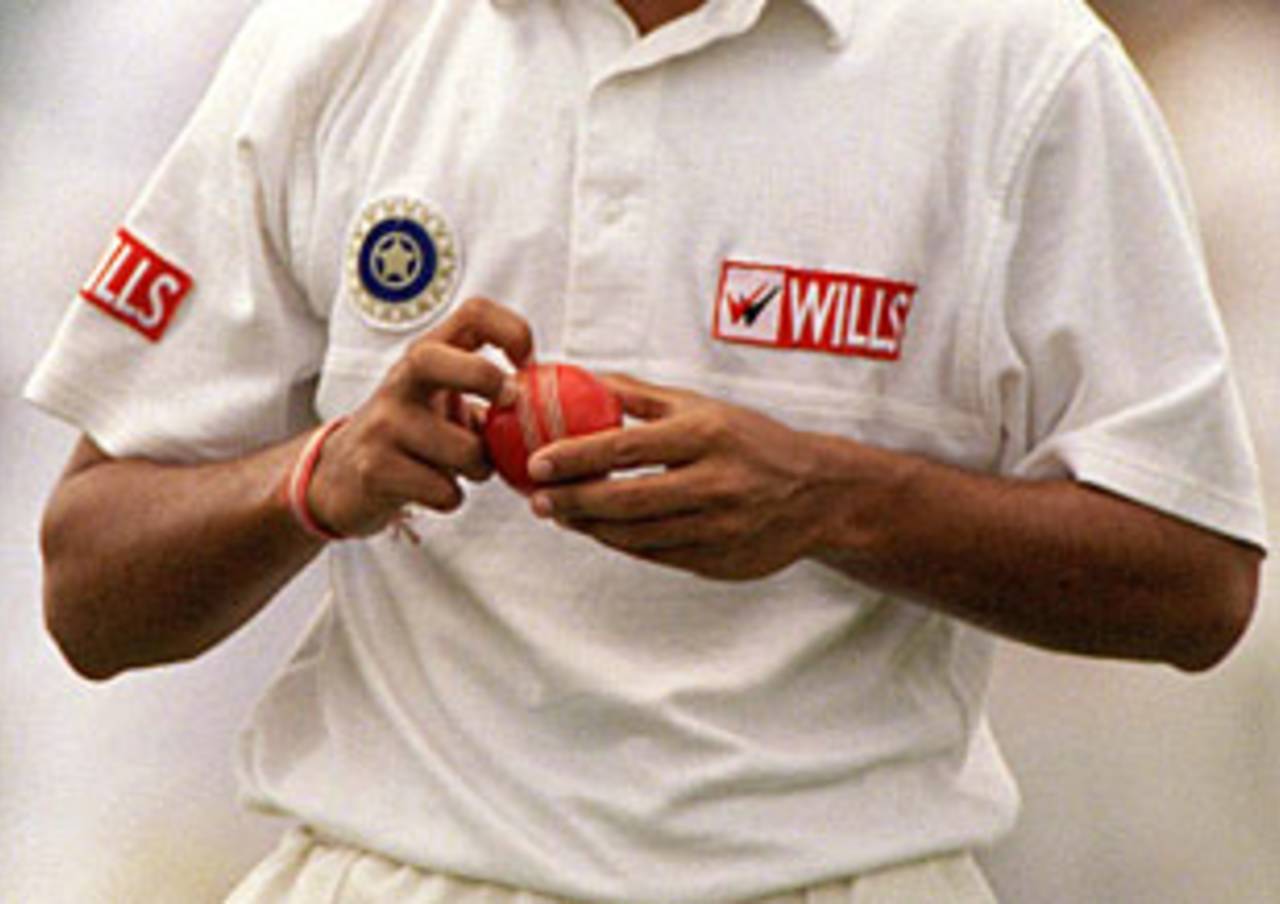Reverse swing is cricket's irresistible force. Appropriately for such a murky subject, we cannot be entirely sure of its origins, beyond the fact that it was developed in Pakistan, possibly as far back as the late 1940s, as a response to parched pitches. A little further down, its lineage is clearer: it was patented by Imran Khan and Sarfraz Nawaz - although Imran also credits Australia's Max Walker for it - and mastered by Wasim Akram and Waqar Younis.
Hand in hand with the legspin renaissance, reverse swing revitalised cricket in 90s. Cricket's response to such an unknown science was first fear (allegations of ball-tampering), then ignorance (as seen in the dirt-in-the-pocket affair involving Michael Atherton). But as time has gone on, more has been understood about the mechanics of reverse swing: pace and full length are prerequisites, as is a fast arm and a relative lack of height; additionally, a bone-dry outfield is also of help. As the name suggests, it reverses the norms of orthodox swing bowling: while one side of the ball is kept shiny, the other must be made as dry and rough as possible, which is why the old ball became such a deadly weapon. Beyond that, it's hard to explain, though some balls "go" better than others. Readers are the reverse swinger's ball of choice.
Reverse swing has also enabled bowlers to be entirely self-sufficient, needing no help from pitch or umpire (height is not a factor in lbw decisions that result from reverse-swinging yorkers). Both Wasim and Waqar have taken over half their Test wickets through bowleds and lbws. Ultimately, reverse swing has meant more collapses, more hat-tricks, and as Scyld Berry has pointed out, more results: tailenders are simply not equipped to handle a ball boomeranging in at their toes.
